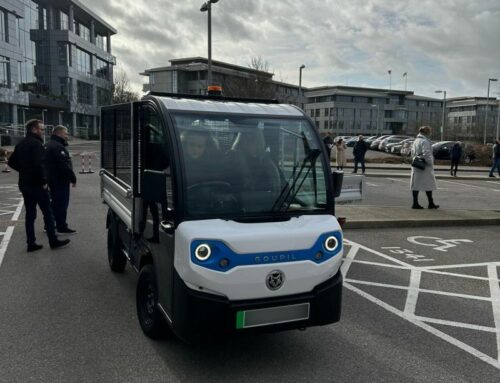THE time-sensitive nature many self-employed van delivery and courier drivers face means they are more likely to be involved in a road accident
It’s the pressures they are under that makes them so susceptible, says a new report from UCL.
The researchers from UCL survey van drivers who were self-employed along with taxi drivers – typical ‘gig’ economy self-employees.
Over two in five (42%) reported that their vehicle had been damaged as a result of a collision while working.
A further one in 10 reported that someone had been injured; 8% that they themselves had been injured.
The survey also found that 63% had not been provided with safety training or the provision of a high-viz vest.
Heather Ward from the UCL Centre for Transport Studies said:
“Our findings highlight that the emergence and rise in the popularity of gig work for couriers could lead to an increase in risk factors affecting the health and safety of people who work in the gig economy and other road users.
“As more workers enter the economy and competition rises, the number of hours they need to work and distances they must travel to earn a stable income both increase. We know this is an issue but don’t know exactly how far it extends as not all companies need to report the number of self-employed couriers they use to the government.”
Called ‘The emerging issues for management of occupational road risk in a changing economy: A survey of gig economy drivers, riders and their managers’,
the UCL survey includes a list of recommendations for companies using self-employed couriers and taxi drivers to limit the pressure drivers and riders are under.
These include:
* Introducing time blocks for couriers to sign up and be paid for, rather than a drop rate. If used, drop rates should take into account the time taken to travel safely within the speed limit and perform administrative functions such as scanning parcels and obtaining signatures.
* Mobile phones should not be allowed to cause a distraction, after the results showed that 40% of those using an app found them to be off-putting whilst driving or riding. Most couriers reported receiving work through an app which played a noise at intervals to alert them to a job with a fixed time window in which to accept.
* Other risk points for drivers and riders include tiredness – particularly among parcel couriers – from overwork and the intense pressure of self-employed parcel delivery, with many reporting regular near misses and collisions.
Participants say they are more likely to take risks such as speeding or going through red lights to save time. One said: “You must stay within your time windows. The customer gets a delivery window when the parcel will be delivered and if you go out of those windows, you get fined for it.”
Dr Nicola Christie from UCL added:
“In previous years the UK had a good road safety record, but de-regulation over the last few years has left self-employed couriers and taxi drivers at an increased risk of exploitation. The Health and Safety Executive has regulations on safety at work, but these don’t apply to those whose work takes place on public highways.
“I hope to see the recommendations in this report taken on board by the Department for Transport and incorporated into health and safety regulations as the gig economy is set to continue to increase.”
The research was funded by the Road Safety Trust, with support and fieldwork from Further Afield.







Leave A Comment